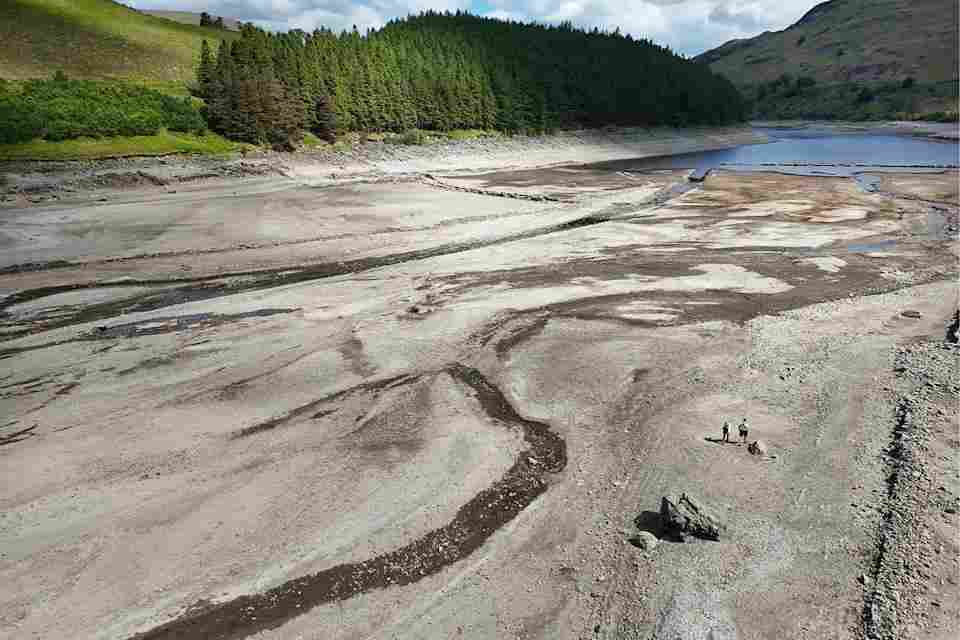
Beirut, Lebanon (Enmaeya News) — Across the globe, nations are increasingly finding themselves at odds over vital natural resources, a trend experts warn could intensify in the coming decades. Among these resources, freshwater has emerged as the most contested, driving tensions over rivers, lakes, and underground aquifers that cross borders.
Water scarcity, driven by population growth, industrial demand, and climate change, has turned shared rivers into geopolitical flashpoints. The Nile River flowing through eleven African nations has long been a source of tension, with Egypt and Ethiopia frequently clashing over Ethiopia’s Grand Renaissance Dam, as Egypt fears reduced water flow while Ethiopia seeks hydroelectric power.
In South Asia, the Indus River Basin fuels disputes between India and Pakistan, where water management is closely tied to agriculture, energy, and national security. Other examples include Israel, Lebanon, and Jordan disputing the Jordan River and shared aquifers, and Turkey, Syria, and Iraq over the Tigris and Euphrates rivers, with upstream dams affecting downstream flow.
In Central Asia, Uzbekistan, Kazakhstan, Turkmenistan, Kyrgyzstan, and Tajikistan compete for water from the Amu Darya and Syr Darya rivers, critical for irrigation in arid regions.
Even the United States and Mexico have periodic tensions over the Rio Grande and Colorado River during drought years. Experts warn that such conflicts are expected to rise as climate variability reduces water availability and increases competition for the limited supply.
But water is far from the only resource igniting international disputes. Oil and natural gas remain major sources of tension, particularly in regions with contested boundaries. The South China Sea is a prime example, where overlapping claims among China, the Philippines, Vietnam, and other nations are driven by the area’s vast energy reserves. Similarly, disputes over oil-rich territories in the Middle East continue to influence global politics, fueling conflicts and shaping alliances.
Minerals and rare earth elements have also become critical points of contention in the 21st century. Countries such as China, the United States, and Australia are competing to secure rare metals essential for modern electronics, renewable energy technologies, and defense industries.
Control over these minerals has strategic implications, impacting everything from smartphone production to advanced military capabilities.
Agricultural land and fertile soil are another enduring source of international tension. Nations with growing populations and limited arable land often seek to secure food production through territorial expansion or overseas investment. Disputes over farmland have occurred in Africa, Asia, and South America, highlighting the link between land, food security, and national stability.
Even marine resources such as fisheries are sparking conflicts. Overfishing, combined with unclear maritime boundaries, has led to skirmishes and legal battles from the Arctic to the South Pacific. As demand for seafood rises, nations are asserting claims over exclusive economic zones, often triggering diplomatic and even military confrontations.
Analysts warn that these disputes are not isolated but interconnected. Water shortages can exacerbate tensions over energy and food, while competition for minerals can intensify broader geopolitical rivalries. They stress that proactive international cooperation, sustainable resource management, and climate adaptation strategies are critical to preventing conflicts from escalating.
Ultimately, as the world faces a growing scarcity of essential resources, nations must navigate a delicate balance between competition and collaboration. Water, the most vital of all resources, often sits at the center of this struggle, symbolizing both the fragility and interdependence of modern geopolitics.







